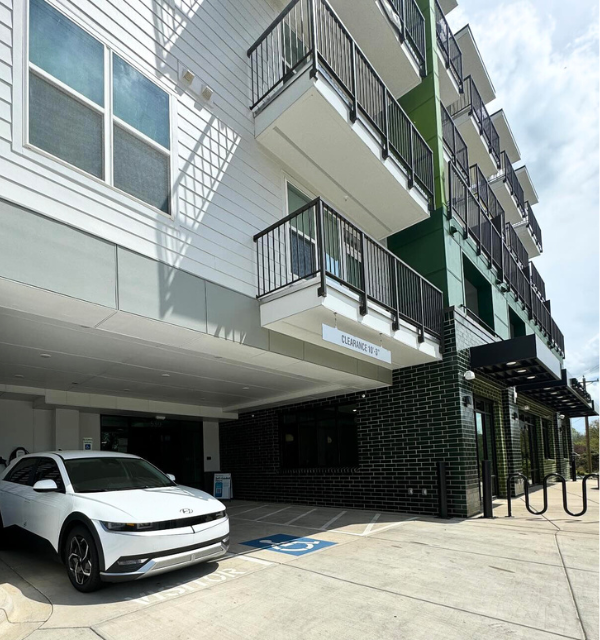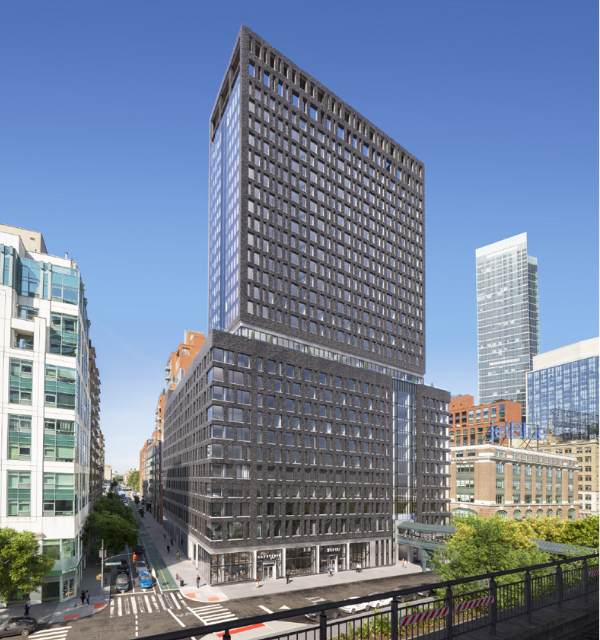- TAGS: Education
- In The News
What the “One Big Beautiful Bill” Means for Opportunity Zone Investors
July 23, 2025
By Clark Spencer, Managing Director, Investments
In early July, President Trump signed the One Big Beautiful Bill Act (OBBBA) into law, bringing significant changes to the Opportunity Zone program. If you're invested in Qualified Opportunity Zone funds (QOF) or considering them, here's what you need to know.
As a quick refresher, the Opportunity Zone program launched as part of the 2017 Tax Cuts and Jobs Act, creating tax incentives for private investors to put money into 8,764 designated census tracts across the country, nearly all of them low-income communities. The goal was to spur economic growth and job creation in distressed areas while giving investors attractive tax benefits.
The OZ program has drawn more than $100 billion in investment since its launch, with roughly 75% of that money going real estate. To date, about two-thirds of designated zones have received some level of OZ investment, with the bulk of activity concentrated in metro areas.
Grubb Properties’ Link Apartments Opportunity Zone REIT is projected to contribute 3,062 moderately priced multifamily units to the nation’s insufficient housing supply. These communities are in locations that are in transit-oriented urban locations, and close to major fixed employers (universities, business hubs and headquarters, innovation zones, and medical centers) across North Carolina, California, Colorado, New York, Virginia and Washington, DC.

Perhaps the most significant change in the new Opportunity Zone legislation is that it has received permanent status, removing the uncertainty that hung over the original program. Investors will no longer face potential program expiration, enabling longer-term planning and more substantial commitments to development projects. This stability should prove particularly attractive to investors who have been cautious about programs with sunset clauses.
Under the new rules as laid out in the OBBBA, the core tax benefit structure of OZs remains the same. You can still defer capital gains by making new investments in a QOF, and profits from investments held for at least 10 years escape capital gains tax when you sell.
For investments made after December 31, 2026, the deferral period for eligible capital gains will be tied to a rolling five-year window from the date of investment, rather than a fixed end date. This means investors can defer gains for five years from the time they invest in a QOF, or until they sell their QOF interest, whichever comes first.
After holding an investment for at least five years, investors in a standard QOF will receive a 10% basis increase on their deferred gain, reducing the amount of tax they ultimately pay.
Another new incentive is the creation of Qualified Rural Opportunity Funds (QROFs), which focus investments on rural Opportunity Zones. Investments in QROFs will receive a more substantial 30% basis increase after five years, encouraging investment in underserved rural areas.
The income threshold for designating a tract as a "low-income community" drops from 80% of area median income to 70%. The new OZ program also eliminates the provision that let governors designate census tracts next to low-income communities as OZs, even if they didn't qualify on their own.

In another change, reporting requirements will be more stringent than the original OZ program’s. The new laws says that the U.S. Treasury secretary shall "as soon as practical… and annually thereafter" report the amount of money invested in OZs, the percentage of eligible census tracts that have received OZ investment and how much has been invested in each one, the approximate number of employees in OZ-financed businesses for each census tract, and the number of residential units resulting from OZ projects.
Starting in 2031, the Treasury Department must also track metrics that indicate the impact of OZ investment on a community, like job creation, poverty reduction, and new business starts. This transparency should help investors make better decisions by providing better data to evaluate opportunities.
Changes to the OZ program create both opportunities and challenges. The current set of OZs will sunset at the end of 2026 (instead of 2028 as in previous law) and create a new set of zones beginning in January 2027. This upcoming zone reset means you need to think carefully about timing of future OZ investments. At Grubb Properties, we’re evaluating a number of OZ products.
To learn more about investing in Opportunity Zones with Grubb Properties, please contact Clark Spencer, Managing Director – Investments at clark.spencer@grubbproperties.com.

Clark Spencer
Managing Director, Investments



 |
|






